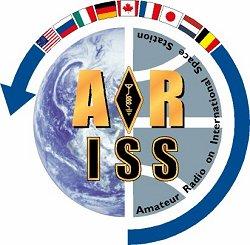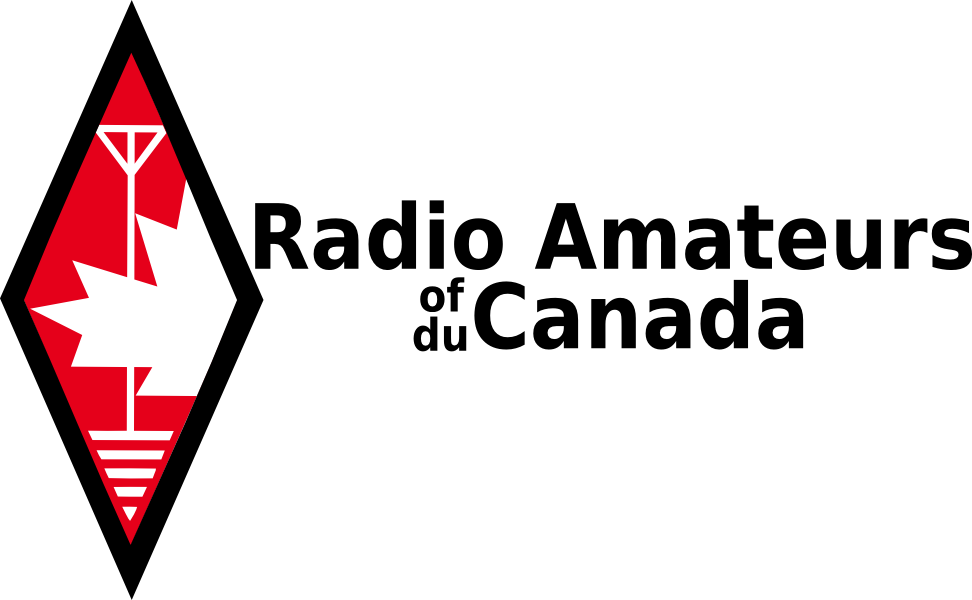
For immediate release –
Amateur Radio on the International Space Station (ARISS) has received schedule confirmation for an ARISS radio contact between an astronaut aboard the International Space Station (ISS) and participants at the Youth on the Air (YOTA) Summer Camp 2023 located in Ottawa, Ontario, Canada.
ARISS conducts 60-80 of these special Amateur Radio contacts each year between students around the globe and crew members with Amateur Radio licenses aboard the ISS.
The ARISS radio contact is scheduled for July 18, 2023 at 2:42:54 pm EDT (ON, CAN) (18:42:54 UTC, 1:42 pm CDT, 12:42 pm MDT, 11:42 am PDT).

Youth on the Air (YOTA) Summer Camp is a week-long event for young Amateur Radio operators ages 15 to 25 from North, Central and South America. This is their third year of operations, with YOTA activities designed to demonstrate how these young participants can connect with each other through Amateur Radio communications and STEM activities.
This will be a telebridge contact via Amateur Radio allowing YOTA participants to ask their questions of Astronaut Steve Bowen, KI5BKB shown on the left. The downlink frequency for this contact is 145.800 MHz and may be heard by listeners that are within the ISS-footprint that also encompasses the telebridge station.
The ARISS Amateur Radio ground station (telebridge station) for this contact is in Casale Monferrato, Italy. The Amateur Radio volunteer team at the station will use the call sign IK1SLD to establish and maintain the ISS connection.
The ARISS radio contact is scheduled for July 18, 2023 at 2:42:54 pm EDT (ON, CAN) (18:42:54 UTC, 1:42 pm CDT, 12:42 pm MDT, 11:42 am PDT).
The public is invited to watch the live stream at:
Questions
As time allows, students will ask these questions:
Youth On The Air
About ARISS
Amateur Radio on the International Space Station (ARISS) is a cooperative venture of the Radio Amateur Satellite Corporation (AMSAT), the American Radio Relay League (ARRL), the National Aeronautics and Space Administration (NASA) in the United States and other international space agencies and international Amateur Radio organizations around the world including Radio Amateurs of Canada.
The primary goal of ARISS is to promote exploration of science, technology, engineering, the arts, and mathematics topics.
ARISS offers an opportunity for students to experience the excitement of Amateur Radio by talking directly with crew members onboard the International Space Station. Teachers, parents and communities see, firsthand, how Amateur Radio and crew members on the International Space Station can energize youth and instill an interest in science, technology, and learning.
Before and during these radio contacts, students, educators, parents, and communities take part in hands-on learning activities tied to space, space technologies, and Amateur Radio.
Further information on the ARISS program is available on their website.

